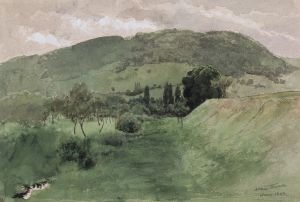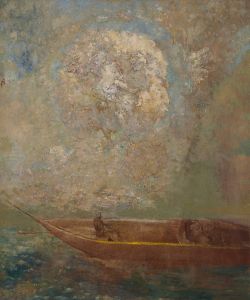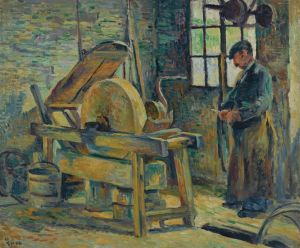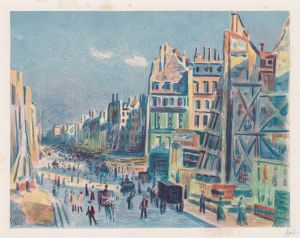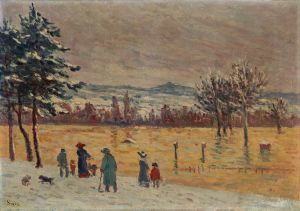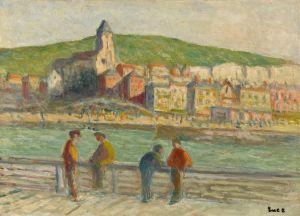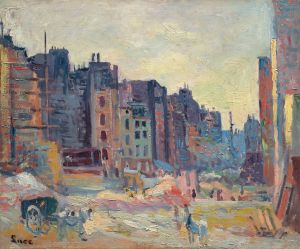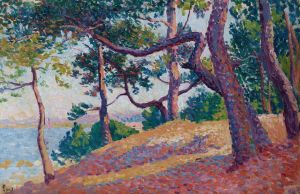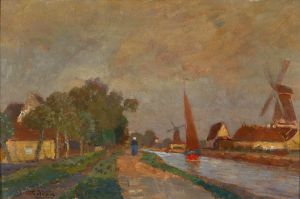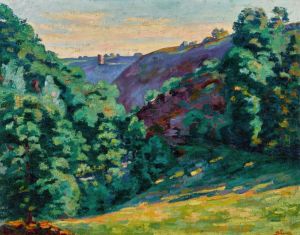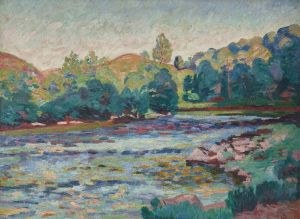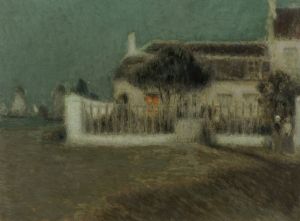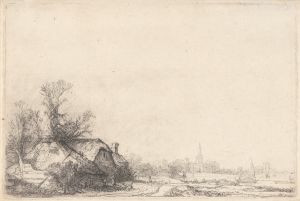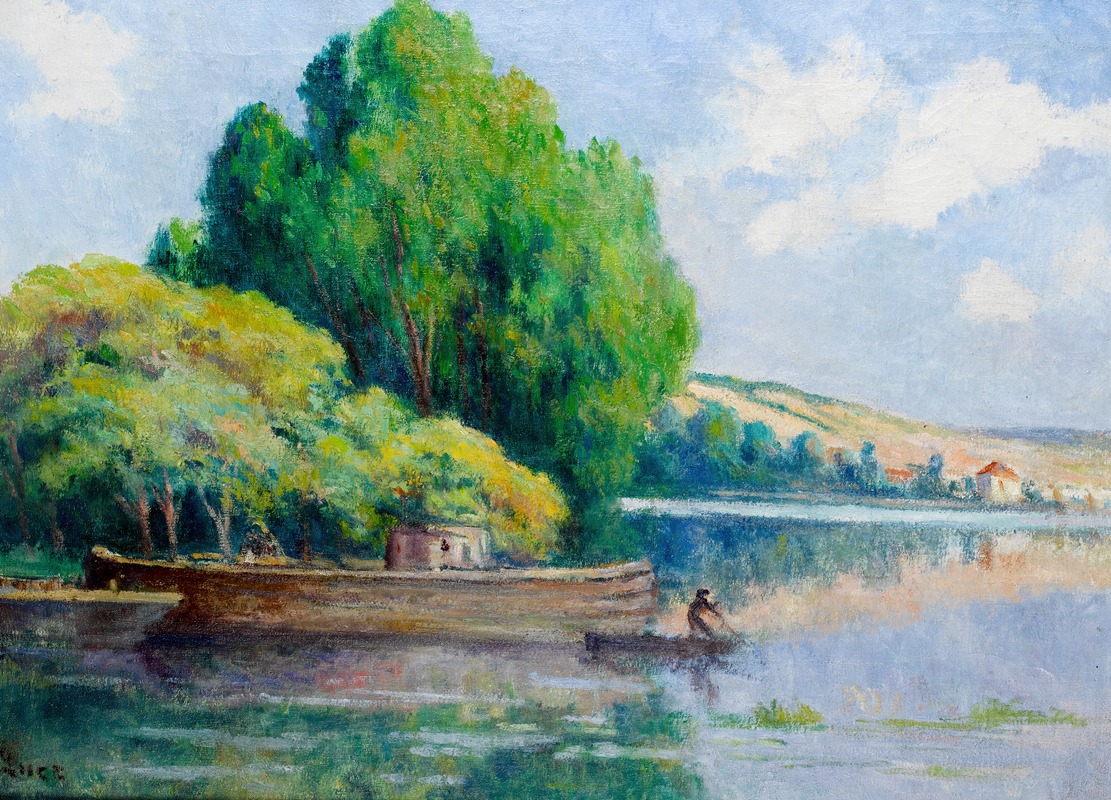
Rivière
A hand-painted replica of Maximilien Luce’s masterpiece Rivière, meticulously crafted by professional artists to capture the true essence of the original. Each piece is created with museum-quality canvas and rare mineral pigments, carefully painted by experienced artists with delicate brushstrokes and rich, layered colors to perfectly recreate the texture of the original artwork. Unlike machine-printed reproductions, this hand-painted version brings the painting to life, infused with the artist’s emotions and skill in every stroke. Whether for personal collection or home decoration, it instantly elevates the artistic atmosphere of any space.
Maximilien Luce was a prominent French Neo-Impressionist painter, known for his contributions to the Pointillist movement, which was pioneered by Georges Seurat and Paul Signac. Luce's work is characterized by his use of small, distinct dots of color applied in patterns to form an image, a technique that was central to the Neo-Impressionist style. One of his notable works is "Rivière," which exemplifies his mastery of this technique and his ability to capture the essence of a landscape through color and light.
"Rivière" is a painting that reflects Luce's fascination with the natural world and his commitment to depicting it with a sense of vibrancy and immediacy. The painting showcases a river scene, likely inspired by the French countryside, which was a frequent subject in Luce's body of work. The use of Pointillism in "Rivière" allows Luce to explore the interplay of light and water, capturing the shimmering effects of sunlight on the river's surface. This technique also enables him to convey the movement and fluidity of the water, a hallmark of his landscape paintings.
Luce's approach to painting was deeply influenced by his political beliefs. As an anarchist, he was committed to social justice and often depicted scenes of everyday life, labor, and the working class. While "Rivière" is a landscape painting, it is imbued with the same sense of realism and attention to detail that characterizes his more socially conscious works. The painting does not merely represent a picturesque scene; it invites viewers to engage with the natural world in a thoughtful and contemplative manner.
The color palette of "Rivière" is both vibrant and harmonious, with Luce employing a range of blues, greens, and earth tones to create a sense of depth and atmosphere. The meticulous application of color in small dots allows for a dynamic interaction between hues, resulting in a luminous quality that is both striking and serene. This technique not only enhances the visual impact of the painting but also reflects Luce's scientific approach to color theory, which was a key aspect of the Neo-Impressionist movement.
Maximilien Luce's "Rivière" is a testament to his skill as a painter and his dedication to the principles of Neo-Impressionism. Through his use of Pointillism, he captures the beauty and complexity of the natural world, inviting viewers to appreciate the subtle nuances of color and light. The painting stands as an example of Luce's ability to blend artistic innovation with a deep appreciation for the world around him, making it a significant work within his oeuvre and within the broader context of late 19th-century French art.
In summary, "Rivière" by Maximilien Luce is a quintessential Neo-Impressionist painting that showcases the artist's technical prowess and his commitment to capturing the essence of nature. Through his innovative use of color and light, Luce creates a vivid and immersive landscape that continues to resonate with audiences today.





